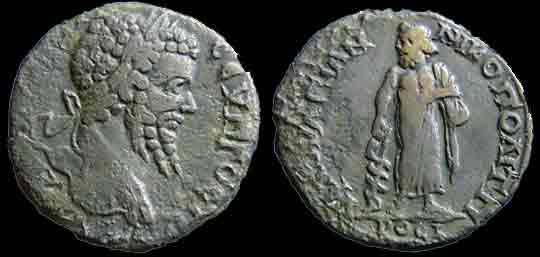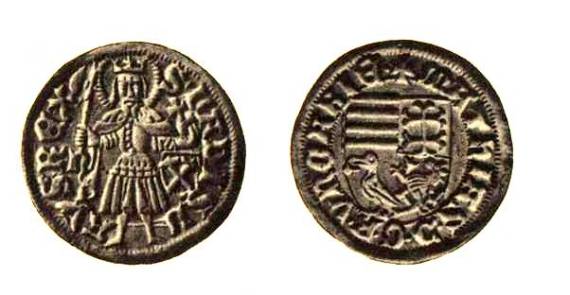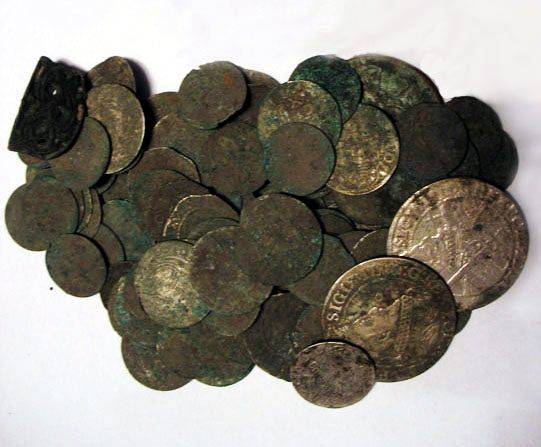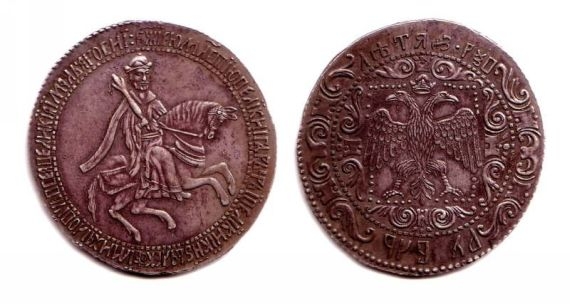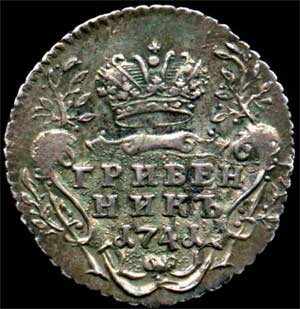Greco-Bactrian rulers and their coins
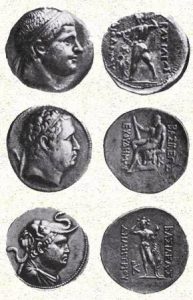 The history of the dynasty of the Greco-Bactrian empire, as recorded on the coins, of a powerful state that was located in the upper regions of the river, now known as the Amu Darya, and previously the Oxus River, was placed on the coins. Here you can see absolutely all the rulers of this kingdom, and find out about each minimum of information in order to understand what kind of person it was.
The history of the dynasty of the Greco-Bactrian empire, as recorded on the coins, of a powerful state that was located in the upper regions of the river, now known as the Amu Darya, and previously the Oxus River, was placed on the coins. Here you can see absolutely all the rulers of this kingdom, and find out about each minimum of information in order to understand what kind of person it was.
By the middle of the third century BC, the Greco-Bactrian kingdom was separated from the Seleucids, the inheriting power of the Macedonian king Alexander. Bactria is considered to be a border state between the West and the East, here the culture of Central Asia was perfectly combined with the statehood of ancient Greece, which formed the so-called Hellenistic center. Based on the images that were placed on the coins of the Greco-Bactrian kingdom, we have the opportunity, if not exactly, then at least approximately, to imagine these rulers. Indeed, the Syracuse banknotes are indisputable masterpieces of the classical era, and the Greco-Bactrian moneymaking is among the best examples. What is so special about these coins?
The images of the rulers placed on the Greek-Bactrian coins are considered the most truthful, but at the same time perfectly executed. Looking at these portraits, one can understand what kind of person in front of us, what his character was, what they believed and for whom they ruled. Here are some of the most successful descriptions:
Diodot I – is the founder of the entire Greco-Bactrian kingdom. He was a rebellious warlord of the Seleucid state. The coins are depicted with an expressive face, in which the features of an insightful and prudent person are immediately discerned, who predetermined his goal and having realized he created the great Greco-Bactrian empire, at the head of which he himself became. In view of his discernment, he did not put his name on the coins, so as not to cause an attack from other states. On the back of the coin was placed the patron of his family – the god Zeus, holding lightning in his hands, which suggests that he was rather hot-tempered, but at the same time could stand up for himself;
Diodot II – the heir of his father, the founder of the kingdom, was depicted on the coin as a young man, with a smile on his face that foreshadowed big plans and a promising life. The reverse shows the same Zeus with lightning in his hands;
Evtidem, who replaced Diodotus the Second, already belonged to a different genus, and therefore the patron was completely different. Here we can see the hero-god Hercules. The image of the ruler is very well conveyed: deep-set eyes, a clever and young face, large eyebrows, a wrinkled forehead.
All these exact features convey the mood of that era and each ruler individually. You can say that the coins of the Hellenistic era are a kind of portrait gallery, in which there was a place for each of the rulers, moreover, each of them has its own features that are completely different from each other, which makes them unique.
